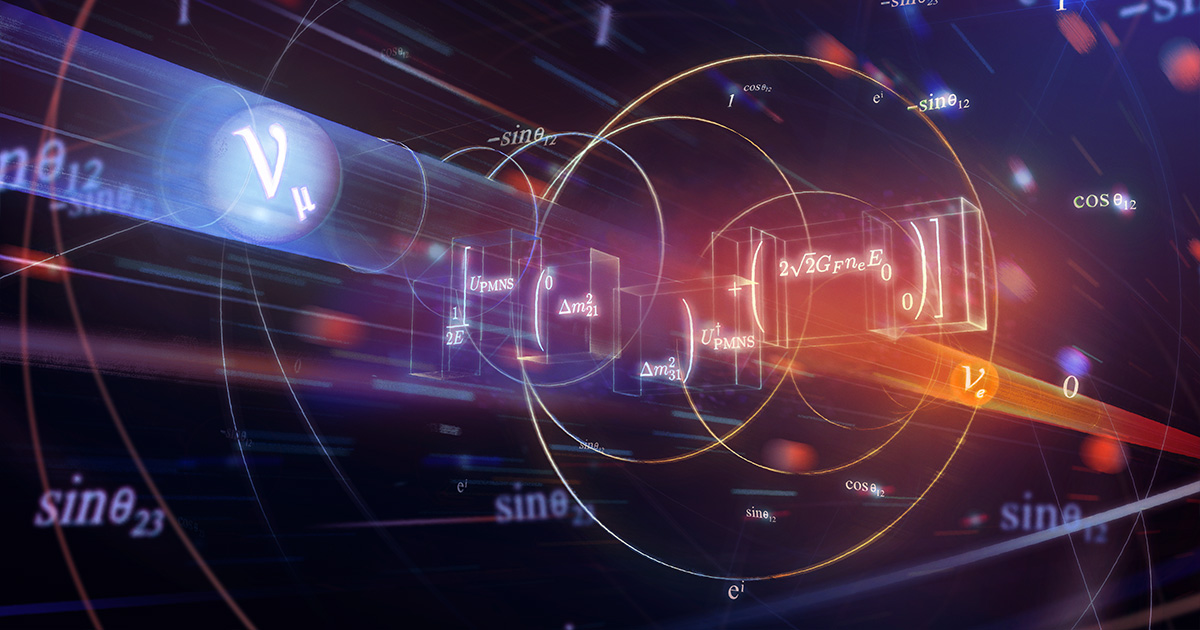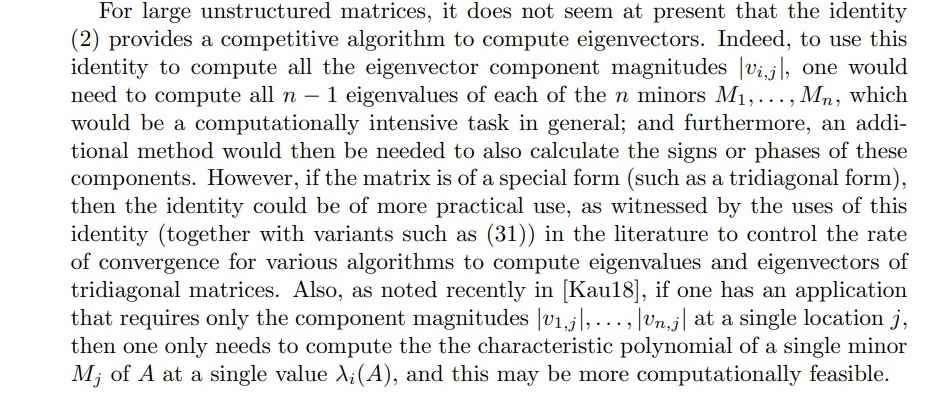N
Null/Void
Guest
Thoughts on the retirement of the Tupolev TU-154
Latest Thread
I was thinking everybody knew how to make one.
A Danish University has published how to build your own drone... lol, sorry it's in danish, but google translate isn't shabby
And the shoppinglist to build one
Thoughts on the retirement of the Tupolev TU-154

Quality control matters folks



This might be above most readers heads here....but this is extremely significant (having worked with eigenvector math myself w.r.t vibration analysis).
If the eigenvectors present can be determined given just eigenvalue (Scaling factors)...it suggests there is a likely inbuilt "theory of everything" after all (or one can certainly be developed substantially with time)....much like the value of Pi (and many other fundamental constants) are fixed in our universe given the manifestation of underlying geometry and physics in it.
It now basically becomes a race for more data in this field to populate correlation and credibility given immense simplification present (say with computer models) when you just handle by eigenvalues.

Neutrinos Lead to Unexpected Discovery in Basic Math | Quanta Magazine
Three physicists stumbled across an unexpected relationship between some of the most ubiquitous objects in math.www.quantamagazine.org
Multiple errors
There are multiple errors in your post. The paper by the four authors was still a pleasant read.
Error 1:
Update on December 4, 2019: In the weeks following the publication of this article, the researchers became aware of over three dozen places where the identity had appeared in the literature since 1966. They have now rewritten their original paper to include the history of the identity, along with all seven known proofs. As Tao describes in a blog post, they also “speculate on some possible reasons why this identity only achieved a modest amount of recognition and dissemination prior to the November 2019 Quanta article.”
Source 1
Error 2:
For large unstructured matrices, it does not seem at present that the identity (2) provides a competitive algorithm to compute eigenvectors. Indeed, to use this identity to compute all the eigenvector component magnitudes |vi,j |, one would need to compute all n − 1 eigenvalues of each of the n minors M1, . . . , Mn, which would be a computationally intensive task in general; and furthermore, an additional method would then be needed to also calculate the signs or phases of these components
Source 2

In summary, as interesting as the paper was, due to limitations of current search engine technologies and some related issues, the authors could not initially discover earlier known instances of the same algorithm or variations thereof.
Secondly, the algorithm does not simplify calculations for most matrices that may be of interest or concern. It may only be of passing interest to all but the most devoted enthusiasts in this particular subdiscipline of the already specialized discipline of Computational Linear Algebra (or some variants of it, by which it may be called in various locations).
A pleasant read, nevertheless.
I also didn't find out if their technique involves or handles repeating eigenvalues, or is it applicable assuming that eigenvalues are unique.Yeah I investigated further a few days after I posted it here and came across the same stuff. I forgot to update here....it explains why this (from 2019) didn't blow up a lot more in 2020.
Thanks for giving the summary.
Yeah I investigated further a few days after I posted it here and came across the same stuff. I forgot to update here....it explains why this (from 2019) didn't blow up a lot more in 2020.
Thanks for giving the summary.
I also didn't find out if their technique involves or handles repeating eigenvalues, or is it applicable assuming that eigenvalues are unique.
At least in vibration problems i deal with, i have problems regarding to the calculation of eigenvalue or repeating eigenvalues due to the axial symmetry since they become greater and appear denser (per frequency step) as frequency increases,meanwhile calculation of eigenvectors are easier due to the matrix type and condition.
Sounds like everyone learned to calculate it the difficult way. But now it can be done much faster and easier.This might be above most readers heads here....but this is extremely significant (having worked with eigenvector math myself w.r.t vibration analysis).
If the eigenvectors present can be determined given just eigenvalue (Scaling factors)...it suggests there is a likely inbuilt "theory of everything" after all (or one can certainly be developed substantially with time)....much like the value of Pi (and many other fundamental constants) are fixed in our universe given the manifestation of underlying geometry and physics in it.
It now basically becomes a race for more data in this field to populate correlation and credibility given immense simplification present (say with computer models) when you just handle by eigenvalues.

Neutrinos Lead to Unexpected Discovery in Basic Math | Quanta Magazine
Three physicists stumbled across an unexpected relationship between some of the most ubiquitous objects in math.www.quantamagazine.org

 tribune.com.pk
tribune.com.pk


